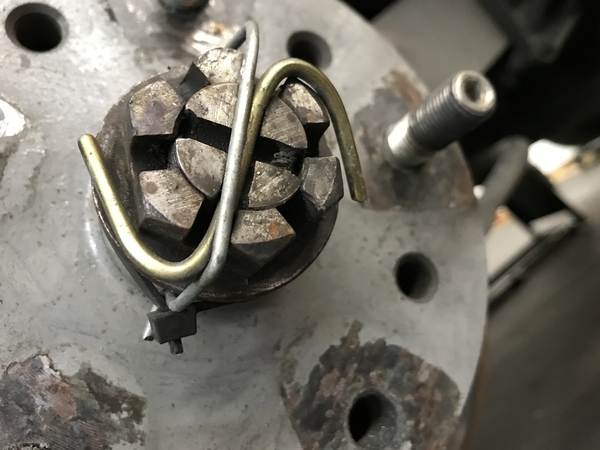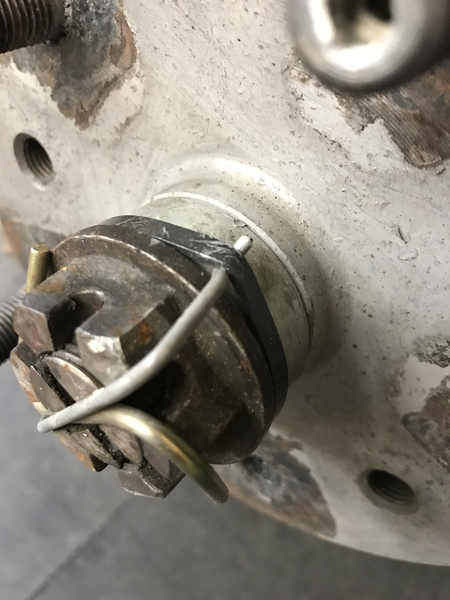Stan Galat posted:Understood.
Just keeping in mind that he's got "multi-drilled" EMPI rotors (both early-VW 4 and late-Porsche 5), and everybody else is using the same rotors, just drilled for 4-lug.
NAPA will only have the 4-lug drilling, and the stuff on eBay is the same stuff CIP1 (and everybody else) is selling. What he's got is the same EMPI stuff, so welding/tapping it will give him repaired Chinese EMPI rotors. Most of us can't (or won't) walk into a place looking to barter beer for machine work. In my part of the world-- it'd take a week and cost $150, assuming one could even find a shop to do it.
I think Monday am, the machine shop should be able to give me a quote and then I can judge what I want to do.
But your right it might be much easier to simply have CiP send me some new ones on Monday expedited.
At this point I need to learn how to remove a castle nut and make somesort of bar to hold the wheel from turning while I stand on the other one.
@Gordon Nichols I will investigate the replacement stud route but how straight can I do this ![]() ... what's your set upfor removing a castle nut ?
... what's your set upfor removing a castle nut ?








